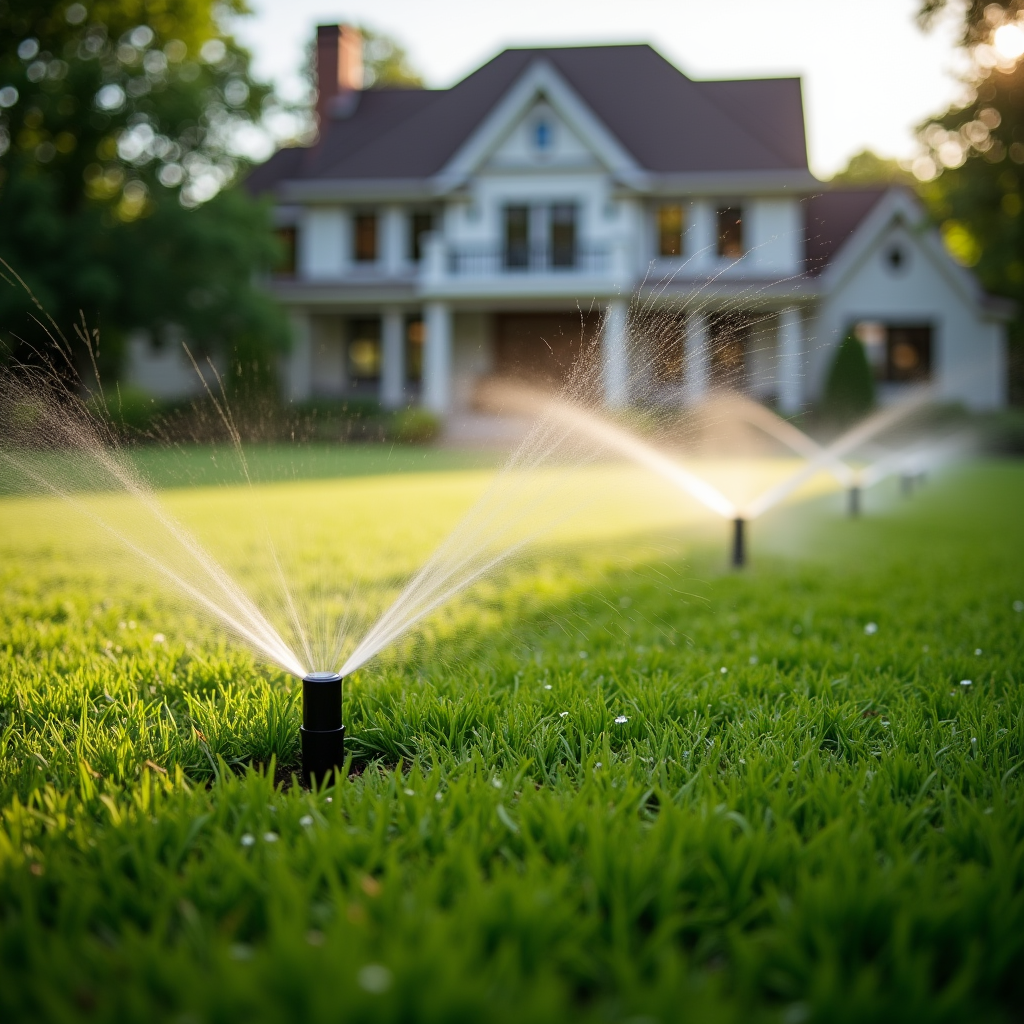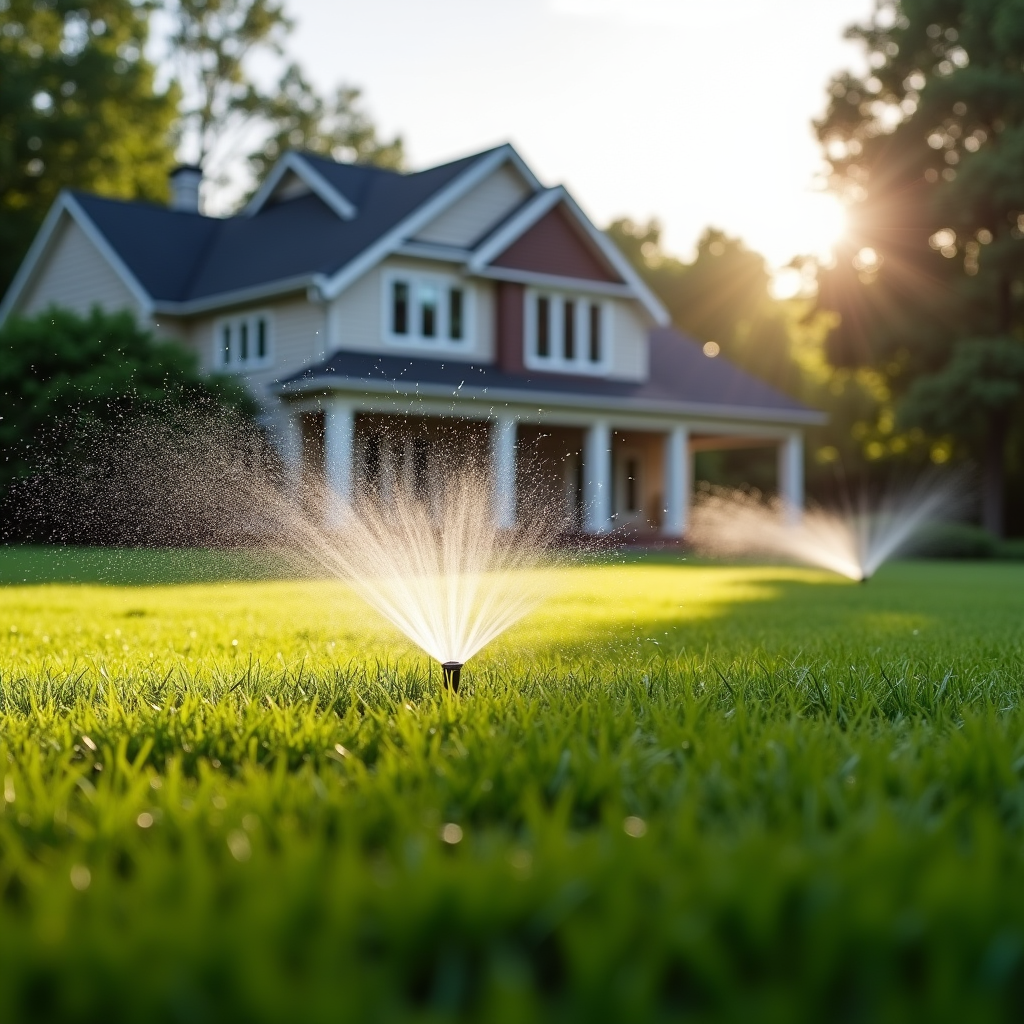Creating peaceful retreats in our busy lives has become increasingly important. In today's fast-paced world, finding a sanctuary for relaxation and mindfulness is essential. One of the most effective ways to achieve this is through landscape design, specifically by creating meditation gardens. This article will explore the multifaceted world of meditation gardens, from their historical roots to modern interpretations, and how they can transform any outdoor space into a serene refuge.
What are Meditation Gardens?
Meditation gardens are thoughtfully designed outdoor spaces that promote relaxation, reflection, and mindfulness. They typically incorporate various elements such as plants, water features, paths, and seating areas to create a tranquil atmosphere. The primary aim is to provide an oasis where individuals can escape the chaos of daily life and reconnect with nature.
The Historical Significance of Meditation Gardens
Meditation gardens have deep historical roots in various cultures around the world. For example:
- Japanese Zen Gardens: These minimalist landscapes focus on simplicity and natural beauty, often using gravel or sand to represent water. Chinese Gardens: These gardens emphasize harmony between nature and architecture, frequently incorporating symbolic elements such as rocks representing mountains. Indian Retreats: In India, many temples feature gardens meant for meditation and reflection.
Understanding these cultural contexts can enhance one's appreciation for the design and purpose of meditation gardens.
The Benefits of Having a Meditation Garden
Creating peaceful retreats through landscape design offers numerous benefits:
Stress Reduction: Spending time in nature has been shown to lower cortisol levels and reduce stress. Enhanced Focus: A dedicated space for mindfulness practice can improve concentration and mental clarity. Connection with Nature: Gardening fosters a deeper connection with the environment. Aesthetic Appeal: A well-designed garden enhances property value while providing visual enjoyment.These benefits underscore why more people are investing in meditation gardens as part of their landscape design projects.
Essential Elements of a Meditation Garden
To create an effective meditation garden, several key elements should be considered:
1. Plants: Choosing the Right Flora
Selecting appropriate plants is crucial. Look for varieties that thrive in your climate zone (especially if you're considering landscape design in North Carolina) while also being calming or fragrant:
- Lavender Bamboo Ferns Native wildflowers
2. Water Features: The Sound of Serenity
Incorporating water elements like fountains or ponds provides soothing sounds that enhance relaxation.
3. Pathways: Guiding the Mind
Paths made from stone or gravel lead visitors through the garden's journey, promoting tranquility as they wander.


4. Seating Areas: Resting Spaces
Comfortable benches or hammocks offer spots to pause and reflect amidst nature's beauty.
Designing Your Own Meditation Garden
Are you ready to start designing your own retreat? Here’s a step-by-step guide:
Step 1: Assess Your Space
Evaluate your available outdoor area; whether it's a backyard or balcony will influence your design choices significantly.
Step 2: Define Your Purpose
What do you want from this space? Will it be solely for meditation or also for social gatherings?
Step 3: Create a Layout Plan
Sketch out your ideal garden layout, considering the placement of plants, pathways, and seating areas.
Step 4: Choose Your Plants Wisely
Select flora that resonates with you personally while ensuring they fit within your local ecosystem's constraints.
Step 5: Implement Water Features Thoughtfully
Water features can range from elaborate ponds to simple bird baths—choose one that aligns with your vision.

Landscaping Techniques for Peaceful Retreats
Employing specific landscaping techniques can enhance the overall aesthetic appeal:
Layering Plants:- Use taller plants at the back (like sunflowers) and shorter ones at the front (like ground cover).
- Opt for calming hues such as greens and blues while integrating splashes of brighter colors for interest.
- Combine different plant textures to create depth—think smooth leaves alongside spiky grasses!
- Consider how your garden will look throughout different seasons—incorporate evergreens or winter blooms!
Examples of Famous Meditation Gardens Around the World
Several renowned meditation gardens exemplify thoughtful design:
| Garden Name | Location | Notable Features | |---------------------------|-----------------------|--------------------------------------------| | Ryoan-ji Zen Garden | Kyoto, Japan | Minimalist rock formations | | Portland Japanese Garden | Portland, Oregon | Tea houses & koi ponds | | Suzhou Classical Gardens | Suzhou, China | Intricate pathways & pavilions | | Brooklyn Botanic Garden | Brooklyn, New York | Diverse plant collections |
Exploring these locations can inspire personal designs while providing insight into different cultural approaches to creating peaceful retreats.
Nature's Role in Meditation Practices
Integrating nature into meditation practices enhances mindfulness significantly!
How does this work?
Nature encourages us to slow down—to observe our surroundings fully rather than getting lost in thoughts about yesterday’s troubles or tomorrow’s tasks.
Connection Through Senses
When meditating outdoors:
- Smell fresh flowers Hear rustling leaves Feel soft grass beneath feet
This sensory immersion allows deeper engagement with each moment—perfectly aligning with mindfulness principles!
FAQs About Creating Peaceful Retreats
Q1: What materials are best for building paths in my meditation garden?
A: Natural stones like flagstone are durable yet blend beautifully into landscapes; gravel paths offer good drainage but require regular upkeep.
Q2: How much sunlight does my meditation garden need?
A: Many plants thrive best in full sun; however! Shaded corners can be cozy spots too—tailor lighting according to what flora you select!
Q3: Can I maintain my garden if I don’t have much experience?
A: Absolutely! Start small—focus on low-maintenance plants then gradually expand as you gain confidence!
Q4: Is water essential for all meditation gardens?
A: While not mandatory! Water features often enhance tranquility through soothing soundscapes—so consider adding them if feasible!
Q5: How do I keep my garden looking fresh year-round?
A: Incorporate seasonal plants that bloom at different times; evergreen shrubs help maintain structure during winter months too!
Q6: What’s an easy way to introduce mindfulness into my daily routine using my garden?
A: Set aside specific times each week just to sit quietly outside—allow nature’s presence to ground you during these moments!
Conclusion
Creating peaceful retreats like meditation gardens involves thoughtful planning and execution but reaps tremendous rewards! By incorporating elements such as plants, water features, pathways—and embracing local landscape design principles—you'll forge an inviting sanctuary conducive both personal growth and serenity.
Not only do these spaces offer solace amid life’s hustle https://zenwriting.net/mithirkmdn/10-stunning-landscaping-ideas-for-your-greensboro-home bustle; they serve as reminders that tranquility lies within reach when we take time pause & appreciate nature surrounding us. So why wait? Begin crafting your own slice paradise today!
This article embodies expertise on "Creating Peaceful Retreats: Meditation Gardens and More," showcasing practical advice blended with cultural insights—all aimed at inspiring readers toward nurturing their well-being through mindful landscaping practices!